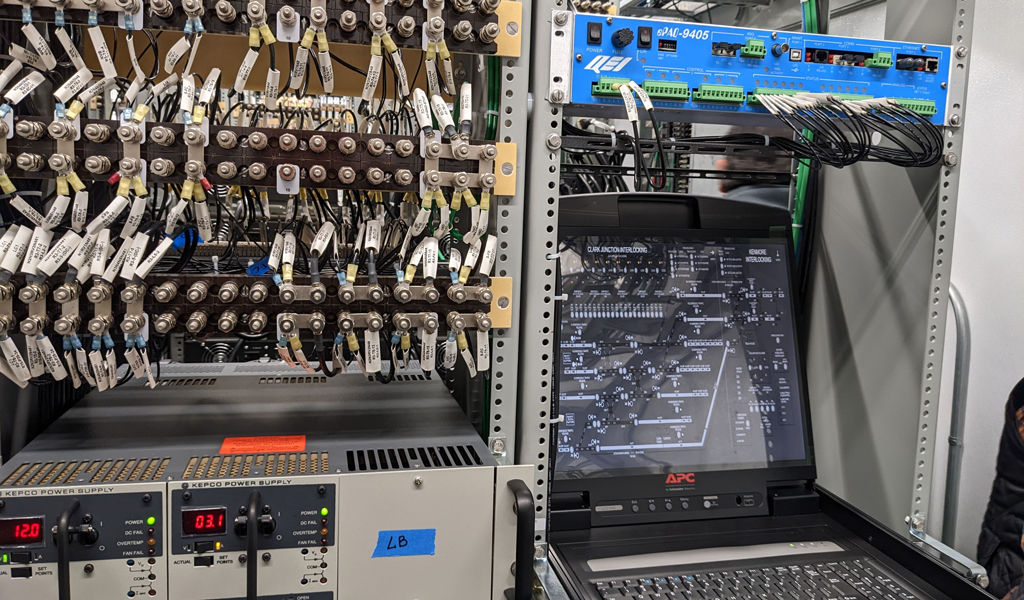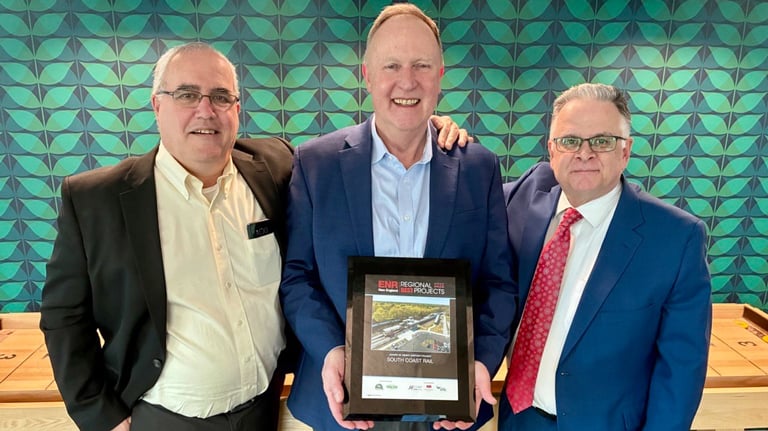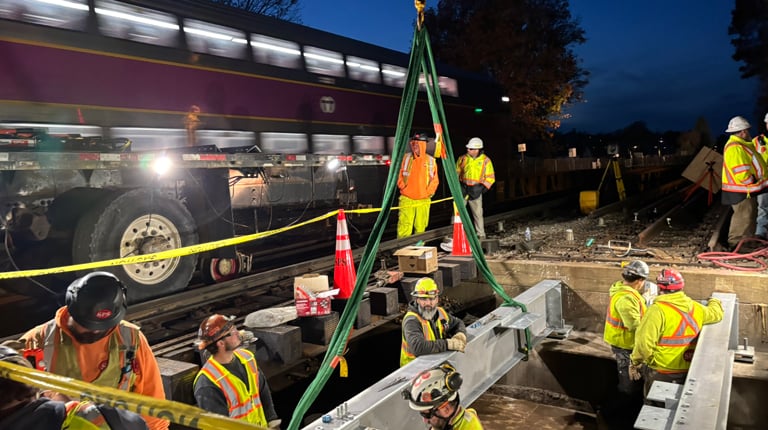
Michael Lowder, PE, serves as the Director of Signal Engineering at VHB in Boston. With extensive experience in signal engineering and strong leadership abilities, Mike plays a pivotal role in helping VHB deliver safe, efficiently phased, and seamlessly commissioned transit and rail solutions. He focuses on constructability throughout projects to minimize risks for clients. His experience encompasses advanced signal design and design-build projects for urban transit systems, including work with the Massachusetts Bay Transportation Authority (MBTA), Metropolitan Transit Authority (MTA), and Chicago Transit Authority (CTA). We interviewed Mike to explore how he and VHB's rail systems specialists overcome the challenges inherent in complex signal and communications projects.
VHB: What is your approach to complex rail systems projects?
Mike: I take a holistic approach. This means looking beyond our signal system design to consider how it interfaces with existing adjacent signal and communications technology. My team collaborates with specialists across VHB’s service areas to make sure that designs intentionally integrate signal systems to avoid phasing and construction issues.

VHB: How do you minimize project impacts on track operations?
Mike: The key is to plan phasing during the design process. As an Owner’s Representative on design-builds, I’ve experienced schedule delays and negative impacts to rail operations because the designer’s plans are very difficult to phase and construct. To avoid this, my team plans phasing as we design a project and collaborates with contractors on design-builds to streamline phasing so we maintain rail operations throughout construction.
VHB: Do you have other strategies for risk mitigation and avoiding schedule delays?
Mike: We proactively audit field conditions at the project site to gain a complete understanding of existing conditions instead of relying solely on drawings provided by the client, which can sometimes be outdated or incorrect. This approach prevents surprises during construction, keeping us on schedule and avoiding late design changes. For example, during the MBTA’s Commuter Rail positive train control (PTC) project, VHB spent extensive time verifying the existing conditions in signal houses. Our reconnaissance led to a clean design and avoided costly rework later on.
VHB: How do you prioritize efficiency and mitigate schedule risk when commissioning signal and communications systems?
Mike: Prior to commissioning, my team creates a game plan of tests to run and what to do if we run into a problem. As commissioner, I go into the field with ample staff resources, including a nimble task force dedicated to troubleshooting any issues while the rest of our team continues testing so we are able to complete commissioning within tight track closure times.
Commissioning can particularly pose a risk to project schedule when it is conducted by third-party operators who are unfamiliar with the project design. We develop detailed action plans in conjunction with third-party commissioners, identifying risks and developing specific risk mitigations before the closure, as well as an hourly schedule to keep the commissioner on track and prompt them to expedite progress or mitigate issues, as needed.

VHB: How does VHB bring unique value to signal and communications projects?
Mike: Our rail systems team includes signal and communications specialists across VHB’s footprint who have experience on commuter and rapid transit rail systems servicing major hubs like Boston and New York City. While every transit system is different, all rail projects experience a common set of problems. From our team’s experiences with diverse projects, settings, and clients, VHB brings an array of insightful approaches and tailored solutions to resolve complex signal challenges.
Learn more about VHB’s rail systems practice by emailing Mike or connecting with him on LinkedIn.


